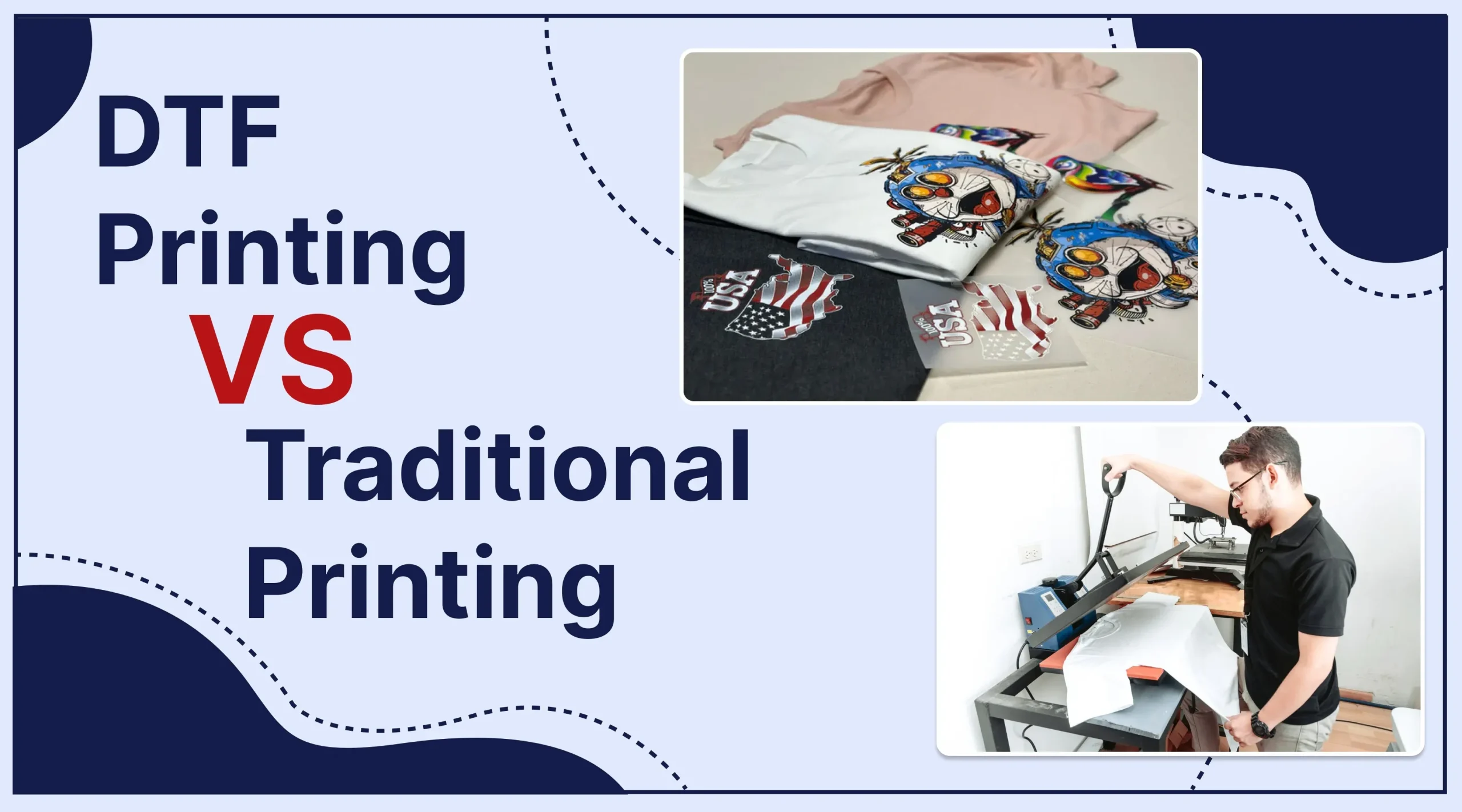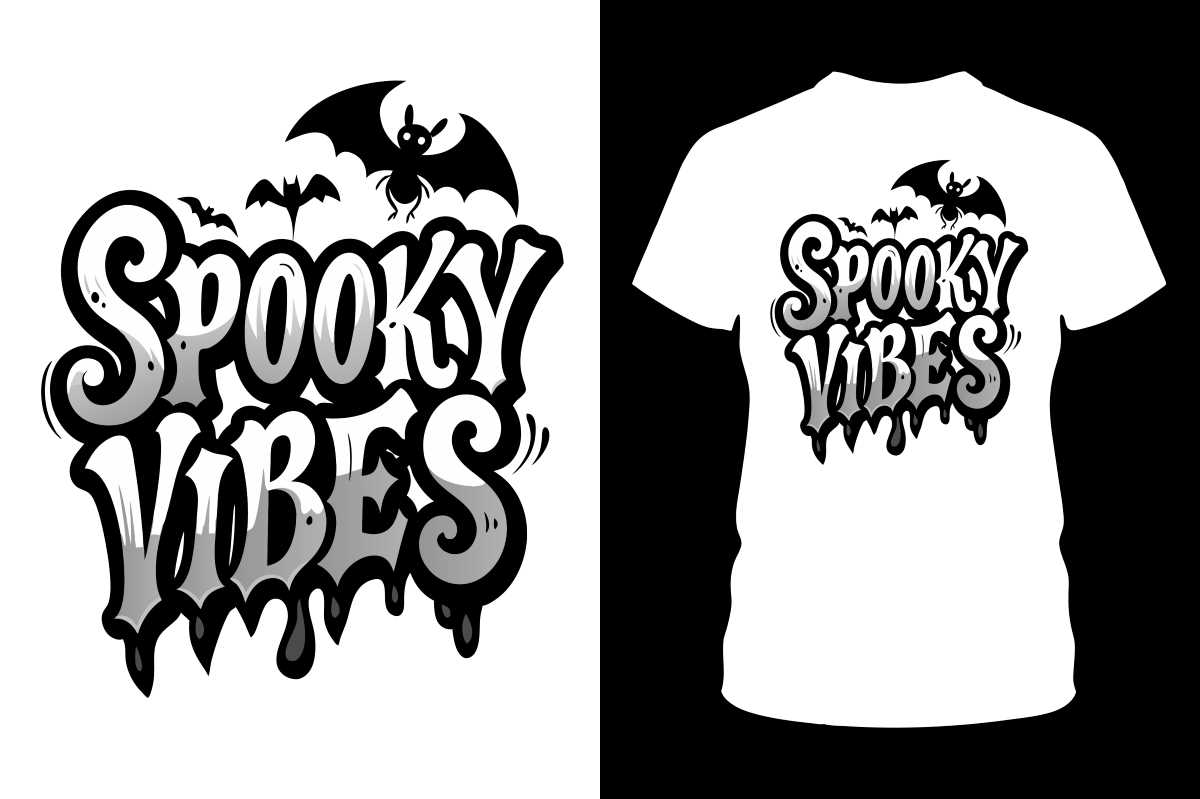In the competitive landscape of textile printing, the debate surrounding DTF vs Traditional Methods is intensifying. As brands strive to deliver high-quality customization, understanding the differences between DTF (Direct to Film) printing, screen printing, and dye sublimation becomes essential. DTF printing has emerged as a revolutionary alternative, offering striking print quality comparisons to its traditional counterparts. This comparison not only highlights the advancements in print technology but also shows how these methods cater to various textile printing needs. Join us as we explore the nuances and benefits of DTF printing against traditional methods, guiding you to the best choice for your apparel projects.
When it comes to textile printing options, the distinction between Direct to Film (DTF) and conventional approaches like screen printing and dye sublimation presents an important topic for discussion. With brands focusing on sustainable production and high-resolution imagery, the choice between these printing techniques can significantly impact product quality. Traditional methods, which have long stood the test of time in the industry, warrant a closer look against the emerging DTF process. As we analyze the strengths and weaknesses of each, we will uncover critical insights about how advancements in printing technology are shaping the future of custom apparel production. Understanding these textile printing methods is not just beneficial for manufacturers but also crucial for consumers seeking top-notch printed fabrics.
Understanding DTF Printing and Its Process
DTF printing, or Direct to Film printing, represents a significant leap in the textile printing landscape. By using a specialized film onto which designs are printed, followed by a transfer process that utilizes hot-melt adhesive, DTF allows for remarkable precision and vibrant colors. Thus, it accommodates a variety of fabrics, ranging widely from natural fibers like cotton to synthetics such as nylon. This method’s excellence in print quality thrives on its ability to handle complex graphical details much better than traditional methods, making it a preferred choice for many graphic designers and apparel companies.
Moreover, DTF printing distinguishes itself from older methods, such as screen printing and dye sublimation, by its efficiency and flexibility. While traditional approaches may limit users in terms of substrate materials and the complexity of designs, DTF can dominate across multiple fabric types without sacrificing quality. Its versatility not only appeals to fashion designers but also to artists seeking to create unique apparel designs that stand out in the marketplace.
Advantages of DTF Over Traditional Methods
When comparing DTF to traditional methods, the advantages become apparent in several aspects. One notable benefit is the high print quality achieved with DTF technology. Unlike screen printing, which can sometimes limit the amount of detail present in complex designs due to stencil limitations, DTF can capture intricate graphics with remarkable clarity. This distinction is crucial for brands looking to showcase vibrant logos or detailed artwork on their apparel, enhancing the overall appeal and perceived value of the products.
In addition to quality, durability is another key advantage of DTF printing. Unlike dye sublimation, which tends to be restricted to polyester materials, DTF can create long-lasting prints on a wider variety of fabrics, ensuring that colors remain vivid and intact even after multiple washes. This durability translates into more satisfied customers who appreciate the longevity of their apparel—an essential factor in today’s market where consumers are increasingly conscious about quality.
Comparing DTF with Screen Printing
Screen printing has long been hailed for its efficiency in large production runs, yet it comes with inherent challenges that DTF printing alleviates. The setup processes for screen printing can take considerable time and labor, especially when individual colors are involved. In contrast, DTF printing eliminates extensive initial setup, allowing print providers to quickly respond to shorter production requests, making it a favorable option for custom orders.
Additionally, the versatility offered by DTF poses a significant advantage over screen printing. While the latter is exceptional on cotton substrates, DTF can cater to a broader range of materials, supporting a diverse array of product lines. This multifaceted capability positions DTF as a compelling alternative for businesses looking to expand their offerings without committing to the limitations of traditional methods.
Choosing the Right Method: DTF vs. Dye Sublimation
Dye sublimation is particularly known for its vibrant colors and soft print feel; however, it is limited to polyester fabrics, restricting design possibilities for brands seeking to use natural fibers. This is where DTF printing becomes a game-changer. It can yield results on both natural and synthetic fabrics alike, making it a versatile choice for companies aiming to appeal to a wider demographic with various textile preferences.
Furthermore, DTF provides excellent color accuracy and detail that can sometimes rival dye sublimation without necessitating adherence to polyester-only fabrics. Businesses are finding they no longer need to compromise on material choices while still achieving stunning visual outcomes, making DTF a formidable contender in comparisons with dye sublimation.
Sustainability Considerations in Textile Printing
As global environmental concerns rise, brands are increasingly focused on sustainable printing methods. DTF printing, with its lower waste output and waterless process, stands out as an eco-friendlier option compared to traditional methods like screen printing, which often requires numerous cleaning processes. With a commitment to sustainability, businesses employing DTF technology can appeal to eco-conscious consumers without compromising print quality.
Moreover, brands that prioritize sustainable practices can use DTF printing to market themselves as environmentally friendly. This additional layer of value not only attracts a growing base of eco-aware customers but also supports the broader narrative of sustainability in the textile industry, marking a significant shift towards greener practices.
Industry Trends: The Rise of DTF Printing in 2024
The textile printing industry is witnessing substantial changes as DTF technology rapidly gains traction among print shops and suppliers. With the ability to produce high-quality, vibrant prints in shorter turnaround times, DTF is emerging not merely as a trend but as a significant player in the market. This shift points towards an evolution in consumer preferences, where the demand for customization and quality takes precedence.
As we move further into 2024, it is clear that businesses are investing heavily in DTF technology as a means to stay competitive. By adapting to this shift, brands can meet rising consumer expectations for personalized products, thereby increasing their market share and ensuring longevity in a dynamic industry.
Frequently Asked Questions
What are the primary differences between DTF printing and traditional methods like screen printing?
DTF printing, or Direct to Film printing, differs from traditional methods such as screen printing primarily in setup time, material versatility, and print quality. DTF allows for quicker setups and is versatile on various fabrics, whereas screen printing is ideal for high-volume orders on cotton but requires significant setup for colors and screens.
How does DTF printing compare to dye sublimation in terms of print quality?
When comparing DTF printing to dye sublimation, DTF offers high-resolution outputs with vibrant colors on a wider variety of materials. Dye sublimation is limited to polyester and delivers soft finishes, while DTF can print detailed designs on cotton, nylon, and other fabrics, making it a more flexible option.
Is DTF printing more cost-effective than traditional screen printing for small orders?
Yes, DTF printing tends to be more cost-effective for small batch orders compared to traditional screen printing. The reduced setup costs and the ability to print directly from digital files allow businesses to produce smaller quantities without incurring high expenses.
What are the environmental benefits of choosing DTF over traditional textile printing methods?
DTF printing is often seen as more environmentally friendly compared to traditional methods like screen printing and dye sublimation. The lower waste generated in the DTF process, along with its ability to work with a variety of fabrics, makes it a sustainable choice for eco-conscious brands.
In what scenarios would traditional printing methods still be preferred over DTF printing?
Traditional printing methods like screen printing may be preferred for large-scale production where consistent quality and color accuracy are needed. Screen printing also excels in producing rich colors on cotton fabrics, making it ideal for bulk orders and specific textile applications.
Can DTF printing achieve the same durability as screen printing?
Yes, DTF printing can achieve comparable durability to traditional screen printing. DTF prints are known for their long-lasting colors that resist fading and cracking, making them suitable for apparel that requires frequent washing while maintaining high quality.
| Feature | DTF Printing | Traditional Methods |
|---|---|---|
| Overview | Versatile, high-quality prints on varied materials (cotton, polyester, nylon). | Includes screen printing (ideal for cotton; durable, rich colors) and dye sublimation (best for polyester; soft feel). |
| Quality and Detail | High-resolution output for intricate designs; vibrant imagery. | Reliable for high volumes but less detail in complex graphics compared to DTF. |
| Durability | Long-lasting colors that resist fading and cracking. | Durable but may fade over time with washing. |
| Cost-Effectiveness | More economical for small batch runs; lower setup costs. | Best for large orders; setup costs can be high, making it less ideal for small runs. |
| Setup Time | Quicker setup leads to faster production cycles. | Extensive setup required for screens and inks, impacting turnaround time. |
| Material Limitations | Works on a wider variety of fabrics. | Limited to cotton (screen printing) or polyester (dye sublimation). |
| Eco-Friendliness | Reduced environmental impact with lower waste generation. | Higher waste production and potential environmental concerns. |
Summary
DTF vs Traditional Methods remains a critical topic in the textile printing industry, as businesses navigate through the advantages and drawbacks of each approach. DTF printing emerges as a game-changer, particularly for smaller runs, offering high-quality results with reduced setup times and broader material compatibility. Meanwhile, traditional methods still hold strong for bulk orders with established practices that cater specifically to certain fabrics. Ultimately, the choice between DTF and traditional methods should align with specific project requirements, ensuring that brands make informed decisions that optimize their production capabilities.



